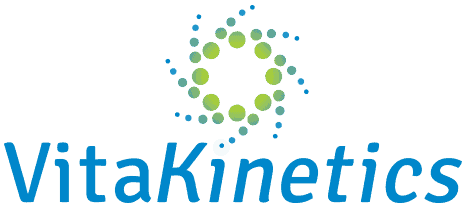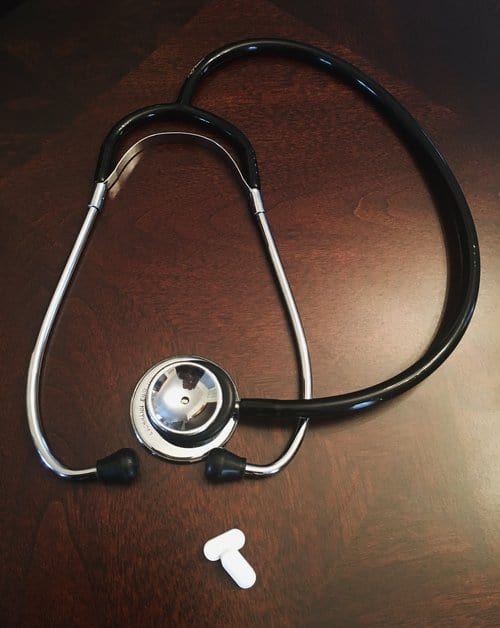There is a time and place for temporary use of opioids for acute pain following injury or surgery. However, for an opioid naive patient (a person whom has never taken them before), the risk for addiction increases dramatically if taken longer than 3-5 days. Not to mention, the opioid pain medication does nothing to support the body’s healing process. Leftover opioid medication becomes a liability risk for those around you to gain access to the dangerous medication. Did you know the number one way a person who has become addicted to opioids gains access to them is from a friend or family member…not doctor shopping nor the black market? Did you know that it is not the pain that kills you, but how you respond to it?
As a society there is a lot of fear about pain leading to poor decisions on managing pain. Pain is not simple because it is based on our emotional state, our past life experiences, our current circumstances, and our inflammatory state (which is dictated by our environment, food we ingest, our stress levels and coping strategies, quality of our sleep, our Vitamin D levels, our fitness, among many others factors); its multifactorial having less to do with the actual injury or surgical procedure. Basically, pain is a subjective experience. Each one of us perceives pain differently. Our fear of pain actually potentiates pain.
A good plan can alleviate fear to reduce the pain response.
What do you do when you have surgery or sustain an injury and do not want to take opioids or at best, minimize their use? This requires a bit of work. Here are our top tips.
1) Talk to your doctor (and/or nearest health care provider) about your desires to reduce/avoid opioids.
Communication with your doctor is critical. A good starting point is asking your doctor if opioid pain medication is required medically for your recovery. Likely, pain management is helpful to recovery, but opiates(including Tramadol) are not the only option for pain management. You need to make your desire clear to him/her. They need to be aware that you wish to reduce/minimize opioid exposure and use. A good doctor-patient relationship allows open dialogue and if you struggle with this, then it’s worth looking into getting a new doctor. If this is not received well and time is critical, then speak to the next health care provider available. This could be your nurse, medical assistant, physical therapist, counselor or additional doctor (like anaesthesiologist if having surgery). Additionally, the more members of your health care team hear your request, the more they are able to support you.
2. Make a plan for pain management with family, friends, doctor and/or physical therapist.
Be sure to have a few “pain management tools in your toolbox.” You can often use over the counter pain medications like non-steroidal anti-inflammatories and/or acetaminophen. Again, this too requires a discussion with your health care team for appropriate timing and dosing. This could also include meditation, prayer, specific movement, guided imagery or movements. A must have is diaphragmatic breathing. Deep breaths using your diaphragm stimulates the vagus nerve, delivers oxygen to the body’s tissues and calms the nervous system. This is the safest and most effective tool to reduce pain. Remember the time to fill the abdomen with an in-breath through the nose should be half as long as the out-breath through the mouth.
Another important tool is to use adequate whole foods nutrition (including animal protein during injury recovery) to maintain enough nutrients and raw materials for healing. Including foods that keep the nervous system in a calm state, like fish high in Omega 3 fatty acids (think Salmon). High sugar and processed foods should be avoided during this time. You can refer to a great list of healing foods here.
Preparing foods ahead of time for planned surgery is best. Look for local or home delivery meals if unable to plan like Our Local Basket or Ice Age Meals local to Reno, NV.
One of the tools in your tool box should be VitaKinetics as well. Initiating supplemental protocol is most effective during the acute phases of healing. While VitaKinetics does not require a prescription from your doctor, your health care provider should be made aware of this addition.
3. Reduce your fear about potential discomfort by learning the difference between HURT versus HARM for your condition.
Let’s be honest, if you are having a surgical procedure like total knee replacement, it will hurt after surgery; a normal and expected response. It is most common to have soreness that hurts but is not harmful. Think soreness following an ankle sprain(hurt) versus chest pain (potentially harmful). The expectation of soreness will be different for type of procedure or injury. Rare but harmful symptoms include pain paired with:
-
fever,
-
puss/drainage at incision,
-
changes in skin color (purple or black),
-
odor,
-
loss of sensation,
-
unusual swelling,
-
shortness of breath or unrelenting pain not alleviated by medication, position or other techniques.
To understand hurt versus harm symptoms, refer back to #1 and talk to your doctor or health care provider. Sometimes, it’s also a good idea to listen to your gut. If you are struggling to get between dosing of your pain medication, it’s time to also look at this hurt versus harm paradigm. Do you need to rest? Are you being too active? Are you not being active enough? Are you eating proper whole foods nutrition including animal protein for repair? Is the soreness paired with a symptom described above? When in doubt, circle back and ask your doctor or health care provider.
Most often our pain hurts, but is not harmful. How we respond to our hurt is where the harm lies. It is critical to have an open dialogue with your health care provider throughout the process. Injuries and surgeries happen and opioids may be a temporary tool to aid the discomfort of the acute pain phases, but the overall healing and reduction in soreness is better achieved the sooner opioids can be removed.

